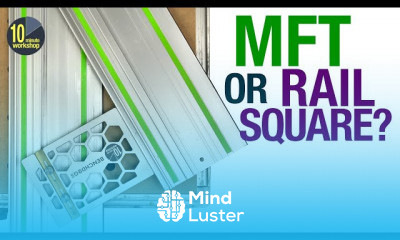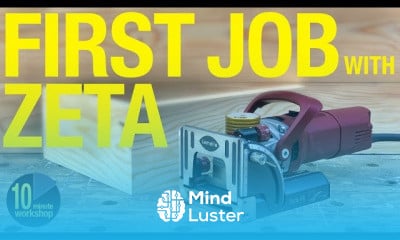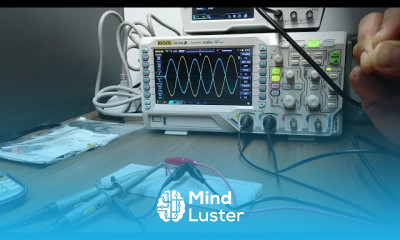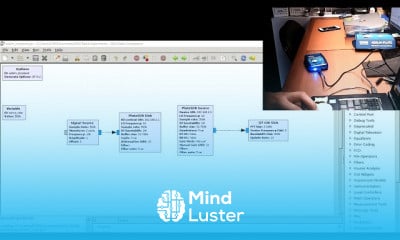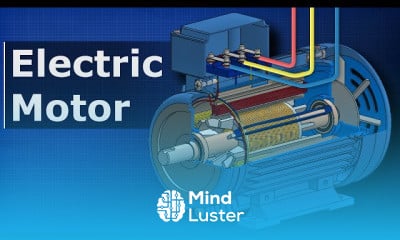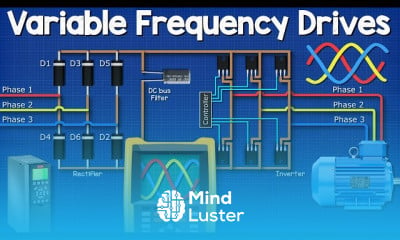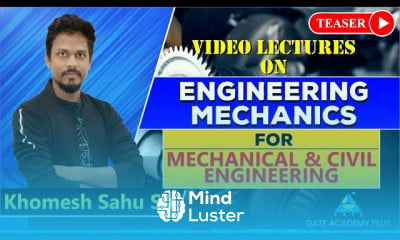Washers Hardware Washer Types Types of washers
Share your inquiries now with community members
Click Here
Sign up Now
Lesson extensions
Lessons List | 164
Lesson
Show More
Lessons
Comments
Related Courses in Engineering
Course Description
Electrical Joints types course,
in this course we will learn about the various types of electrical joints, focusing on their applications, techniques, and benefits. This course will start with an introduction to the importance of proper electrical joints in ensuring reliable and safe connections in electrical systems. We will explore a range of common and specialized joints used in different scenarios, providing a comprehensive understanding of each type.
Participants will study basic joints such as twisted joints and soldered joints, which are fundamental for many wiring tasks. We will delve into more advanced methods like Western Union joints, known for their strength and reliability in connecting two wires. Other types such as T-tap joints, Britannia joints, and wrapped joints will be covered, highlighting their specific uses and advantages.
The course will also cover modern techniques like crimped joints, which offer quick and secure connections without the need for soldering. We will examine wire nut connections, splice joints, and compression joints, explaining their applications in residential, commercial, and industrial wiring.
Special attention will be given to insulated joints and waterproof joints, which are essential for ensuring safety and durability in exposed or harsh environments. Additionally, participants will learn about butt joints, pigtail joints, inline splice joints, mechanical joints, and terminal connections, understanding their unique characteristics and installation processes.
Trends
Content marketing works in 2024
Digital Media Literacy
Create a website with wordPress for beginner
Python Programming | Edureka
Learning English Speaking
AI ML E Degree
The Complete Python Programming Full Course
Video editing with adobe premiere
WhatsApp Business Marketing for Beginners
Digital Marketing in Arabic
Python programming language
Kotlin programming essentials bootcamp
Fix Neck Hump exercises at home
Database Networking and Beyond
Connecting DSLR cameras to phones for beginners
Bank management strategies for beginners
Complete WIFI Hacking Course Beginner to Advanced
Inserting images in HTML for beginners
Google Docs
Screen recording on windows 11 for beginners
Recent
Data Science with Python conditions
Reinforcement learning for game development
Machine Learning API development essentials
Building a Forza AI with Python
Deep Learning Projects with Python
Installing OpenCV for Python for beginner
Video editing with adobe premiere
Mastering adobe Illustrator CC basics
Create a website with wordPress for beginner
AI deep reinforcement Learning in Python
Kotlin programming essentials bootcamp
Brainstorming on data science
Python mySQL database connection
Model deployment on unix for beginners
Data Science knowledge test
Data science mock interview basics
Deep Learning interview questions
VIF application in python for beginners
Data science basics quiz
NLP and generative AI for beginners










































